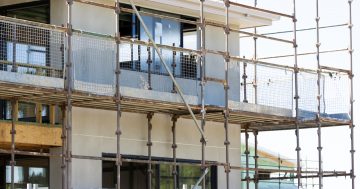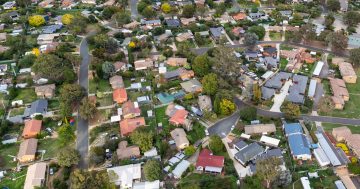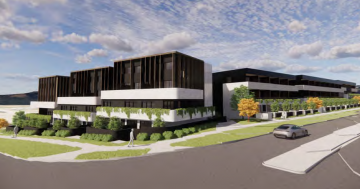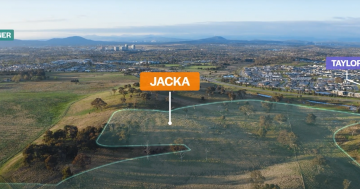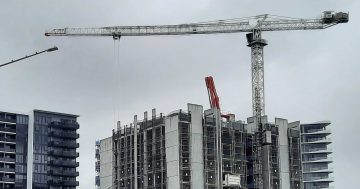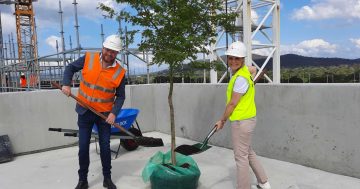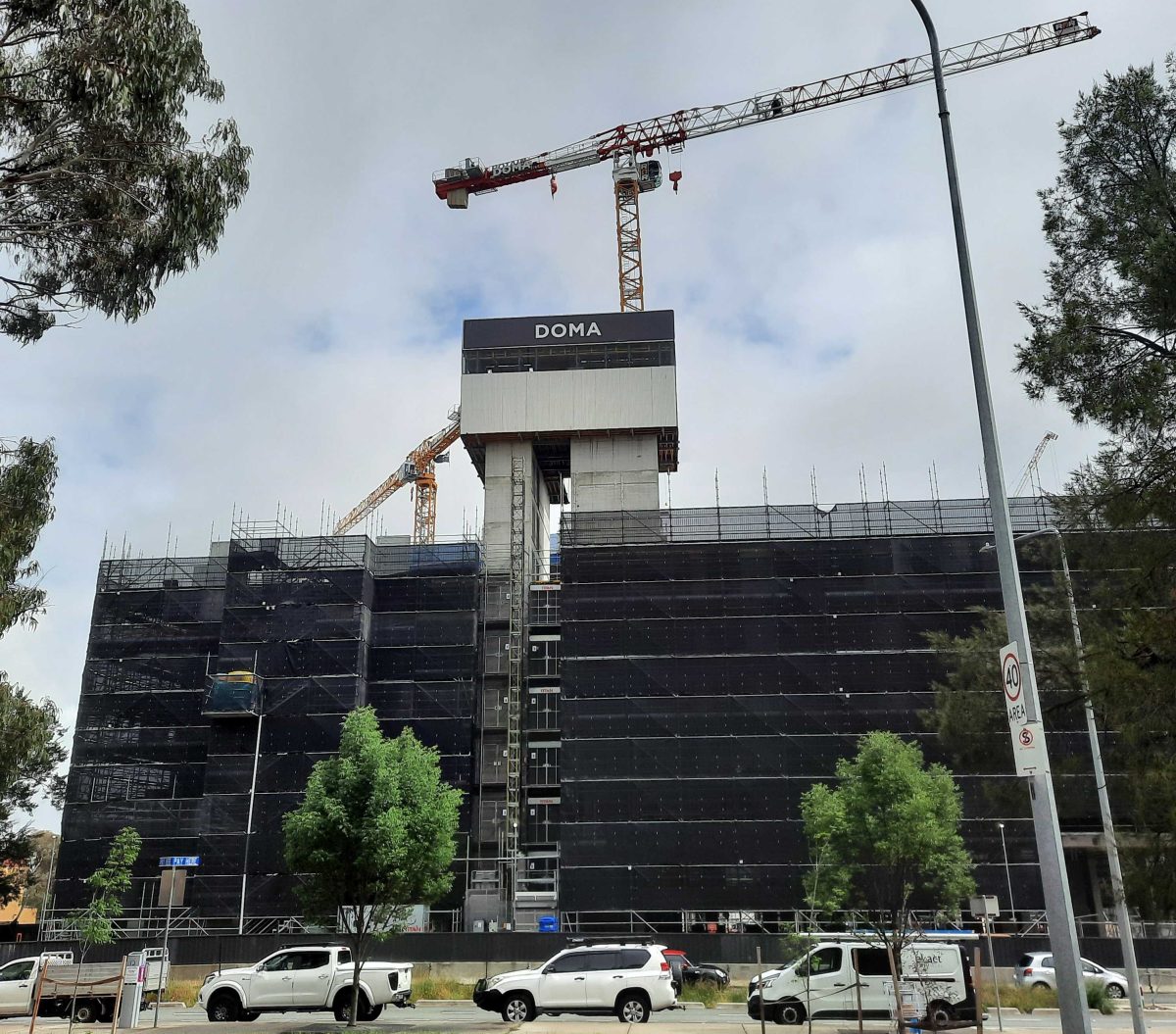
About 70 per cent of the new home starts will be high-density. Photo: Ian Bushnell.
The ACT is on track to meet its homebuilding targets over the next five years under the National Housing Accord, a new forecast from Master Builders Australia shows.
However, the organisation also warns that the red tape and new industrial relations rules could put the optimistic forecast at risk.
MBA’s 2024 building and construction industry forecasts for the ACT, for the first time, cover the full five-year period of the Accord.
From 1 July 2024 until 30 June 2029, Master Builders forecasts 24,370 new home starts in the ACT, assuming supply constraints are removed.
Of these, about 70 per cent will be apartments, about the same proportion as now, and in line with the ACT Government’s current policy favouring high-density housing development over detached homes.
MBA said there were 3990 new home starts in the ACT during 2022-23, a sharp decline of -31.7 per cent on the previous year.
The latest data suggests that these would rebound by 31.8 per cent this financial year, with 5260 new dwellings expected to start.
But it said new home building starts were expected to slip to 4080 in 2024-25 before starting to increase steadily again.
Activity is expected to peak in 2027-28 with 5350 new home building starts, followed by 5100 in 2028-29.
MBA said that while explicit homebuilding targets for each state and territory under the Accord had not yet been finalised, the ACT was the jurisdiction best placed to meet its likely target.
This is because its market was almost 100 per cent urban, and the Territory had shown it could produce substantial volumes of new higher-density housing stock on a large scale over sustained periods of time.
While economic conditions and some construction costs were easing and the investment climate improving, Master Builders ACT CEO Michael Hopkins said workforce shortages, the high regulatory burden on builders and slow planning approvals could derail the ACT’s housing ambitions.
“Productivity in the industry has fallen 18 per cent over the last decade. It’s clear that governments need to expedite the rollout of planning reforms to reduce the high costs and time it takes to build,” he said.
“Concerningly, the full impact of the Closing Loopholes Bills [workplace relations law changes] and union pattern bargaining negotiations underway in the ACT has not been factored into these forecasts.”
Mr Hopkins said the industry’s biggest challenge was not having enough workers – the MBA estimates the ACT will need 7000 more construction workers by November 2026.
He said the ACT Government’s priority should be growing the local building and construction workforce, including boosting apprentice funding, which remains at the lowest level of any state or territory for plumbing and carpentry apprenticeships.
The government also needed to ensure that new housing had the appropriate commercial and civil infrastructure to support it, including utilities.
“Builders are up to the challenge to reach these targets, but the barriers on the road need to be cleared to get the job done,” Mr Hopkins said.












